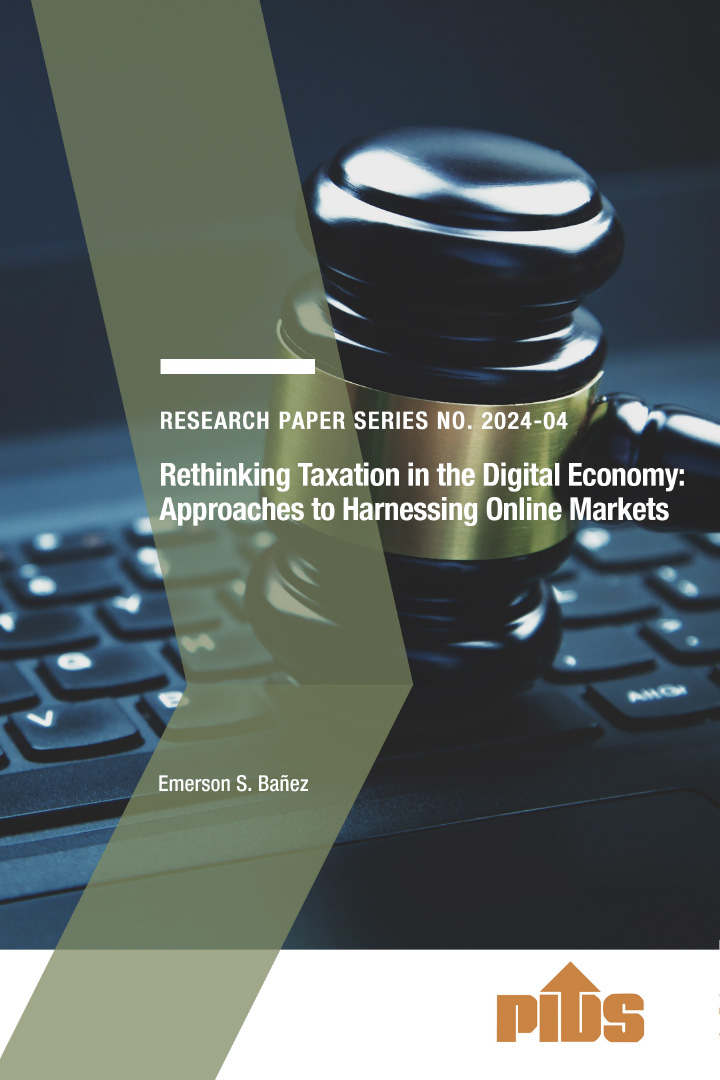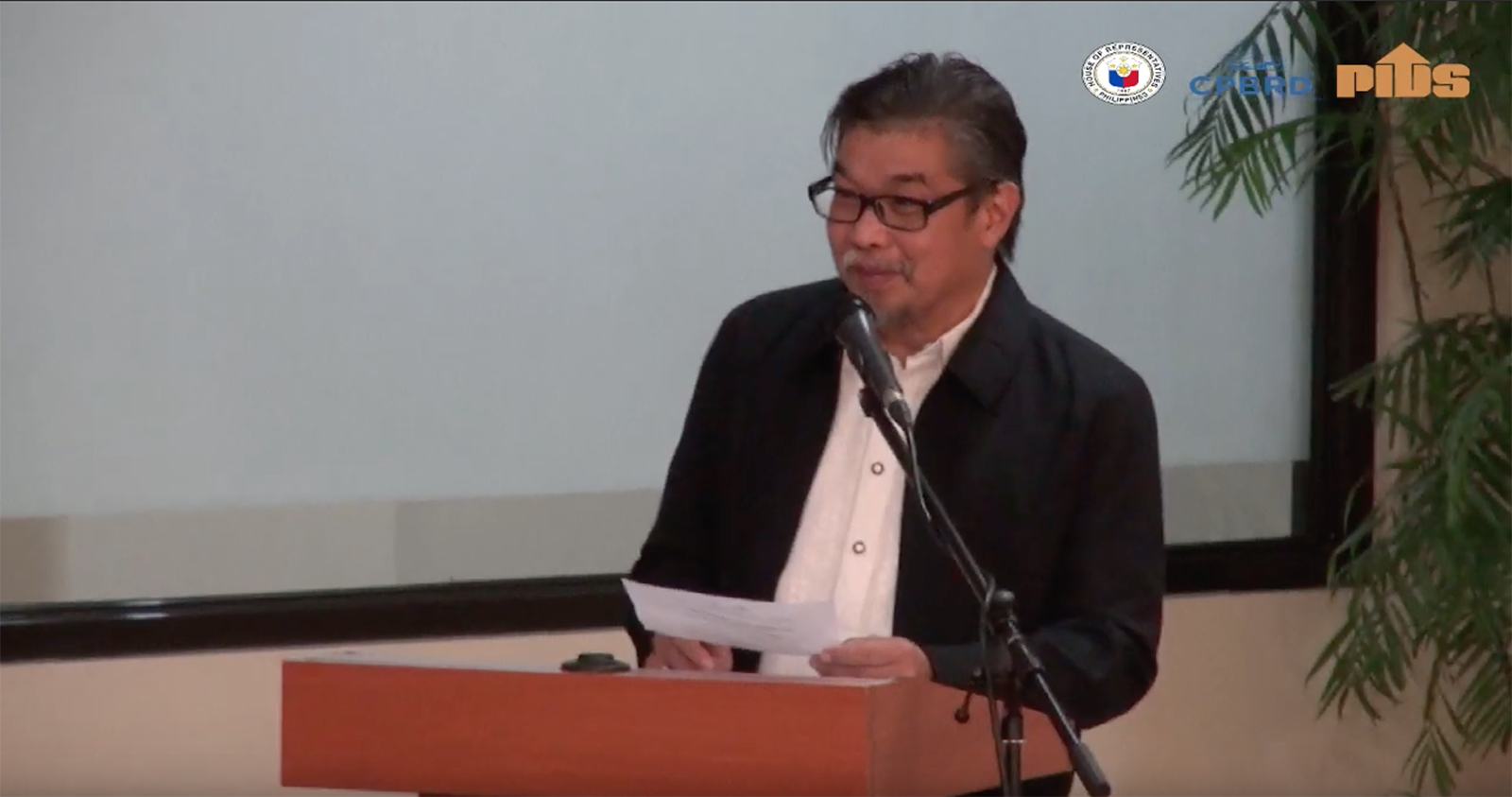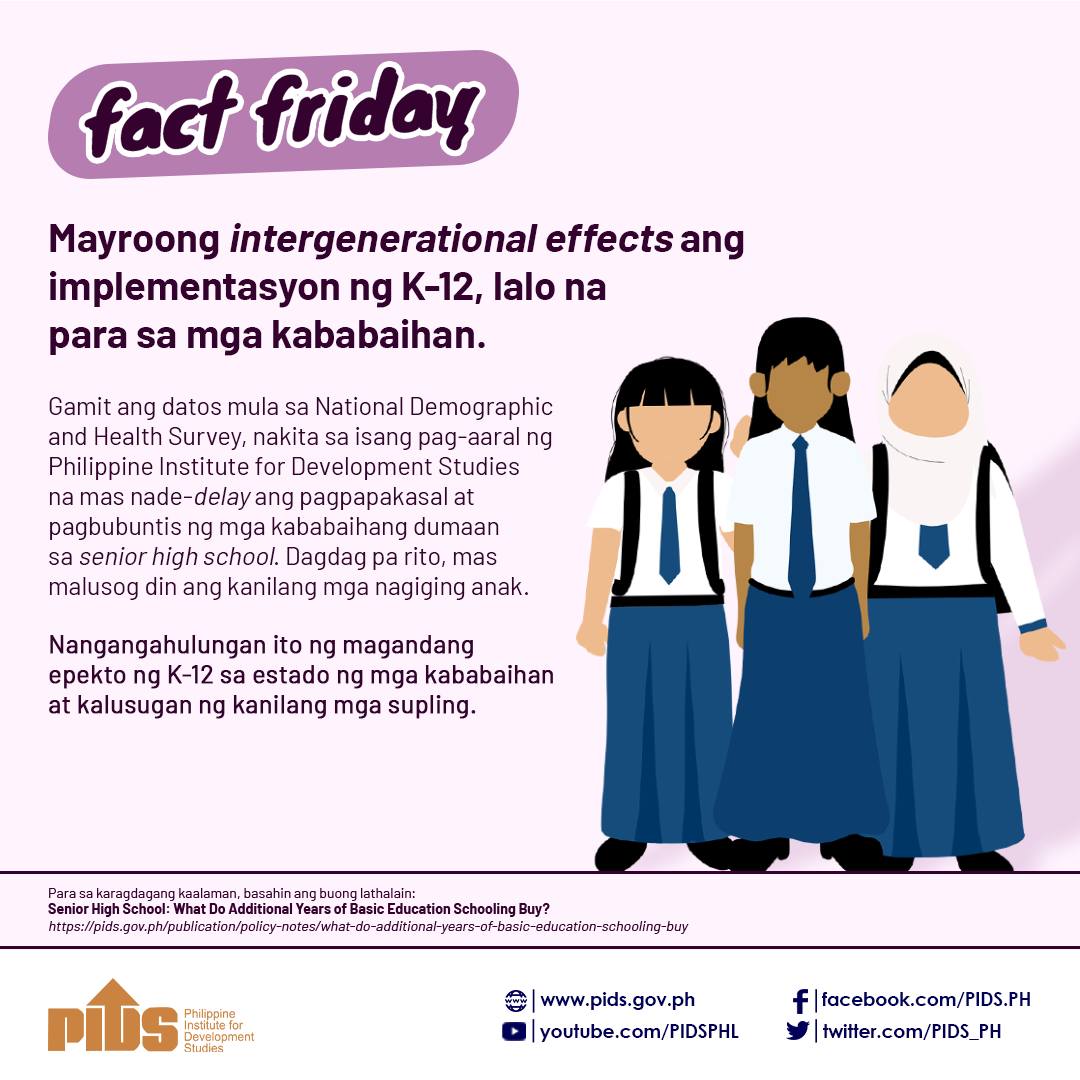While the removal of the quantitative restriction (QR) on rice will promote greater competition in the country’s rice sector, Philippine Competition Commission (PCC) Chairman and former Socioeconomic Planning Secretary Arsenio M. Balisacan said replacing it with a high tariff rate could make food items more expensive.
In an interview with the BusinessMirror on Wednesday, Balisacan said removing the QR on rice and converting this into tariffs is “a step toward the right direction,” as it would allow more players to compete in the rice sector.
He added the creation of a fund that will help address farmers’s needs will also not be anticompetition if it will be channeled to the construction of farm infrastructure, such as farm-to-market roads and irrigation facilities.
[The removal of the QR] will be in the spirit of the competition law. This QR limits participation in the market, but [removing it] now would make the sector competitive,” Balisacan said at the sidelines of a forum held in Pasig City.
The forum was sponsored by the Philippine Institute for Development Studies and the Australian National University, in cooperation with the Philippine Competition Commission.
If the rice tariff rate is set at a very high rate, Balisacan said Filipino consumers, particularly the poor, would suffer the most because a larger portion of their income is allocated for food items.
[A tariff of] 400 [percent] is almost like a sky-high protection,” he added.
Currently, Balisacan said the tariff equivalent of the country’s QR is around 50 percent to 70 percent. With this “high” tariff, Balisacan said the QR has made rice prices higher by 50 percent to 70 percent.
In 2015 Balisacan already blamed high food prices for the 28.5-percent increase in poverty incidence among Filipinos in the first half of 2014, from 24.6 percent in January to June 2013 based on the Annual Poverty Indicators Survey.
If the country will set an even higher tariff rate for rice, such as a bound rate of 400 percent prescribed in the substitute bill to amend Republic Act (RA) 8178, this could cause rice prices to go up by 200 percent to 300 percent.
This means that, if a family earns P10,000 a month and spends P2,000 on rice, a 300-percent tariff would cause their spending on the staple to increase to P6,000.
Can you imagine how expensive food will become? If a family only earns P10,000 a month, and food prices go up, what will happen to their other needs? What will likely happen is that they will reduce their gross consumption, [which could lead to] malnutrition,” Balisacan said
Former University of the Philippines School of Economics Dean Ramon Clarete said that, while he has yet to review the draft bill, setting a bound tariff rate of 400 percent is not advisable.
He said the bound tariff rate is only applicable for shipments outside the minimum access volume (MAV). However, Clarete said, setting a bound tariff rate of 400 percent will “raise eyebrows” among the country’s trade partners.
This could send the message that the Philippines is discouraging private firms in the country to import rice from other countries.
There’s really nothing against the WTO [World Trade Organization] in our tariff-quota system, but it can raise eyebrows if it’s 400 percent because that’s really saying ‘we don’t want our private sector to be importing.
So, I think it’s pretty much business as usual. I would have wished differently, but that’s against the politics of it,” Clarete told the BusinessMirror.
He said there are many considerations when it comes to setting a tariff for rice, not only the rate but also the institutions involved in granting the MAV permits.
The technical working group created by the House Committee on Agriculture and Food approved last week the substitute bill that would amend RA 8178, or the Agricultural Tariffication Act, the law that enabled the government to impose the rice QR since 1996.
Under the substitute bill, a copy of which was obtained by the BusinessMirror, the Philippines will impose a 400-percent bound tariff rate on imported rice once the QR on the staple is abolished.
The Philippines will impose a bound tariff rate of 35 percent for rice originating from the Asean region, regardless of its volume. Manila would also impose a 40-percent bound tariff most-favored nation (MFN) rate for in-quota rice imports from countries that do not belong to the Asean.
A 400-percent bound tariff MFN rate shall apply for rice imports outside the MAV of 350,000 MT sourced from non-Asean member-countries.
In an interview with the BusinessMirror on Wednesday, Balisacan said removing the QR on rice and converting this into tariffs is “a step toward the right direction,” as it would allow more players to compete in the rice sector.
He added the creation of a fund that will help address farmers’s needs will also not be anticompetition if it will be channeled to the construction of farm infrastructure, such as farm-to-market roads and irrigation facilities.
[The removal of the QR] will be in the spirit of the competition law. This QR limits participation in the market, but [removing it] now would make the sector competitive,” Balisacan said at the sidelines of a forum held in Pasig City.
The forum was sponsored by the Philippine Institute for Development Studies and the Australian National University, in cooperation with the Philippine Competition Commission.
If the rice tariff rate is set at a very high rate, Balisacan said Filipino consumers, particularly the poor, would suffer the most because a larger portion of their income is allocated for food items.
[A tariff of] 400 [percent] is almost like a sky-high protection,” he added.
Currently, Balisacan said the tariff equivalent of the country’s QR is around 50 percent to 70 percent. With this “high” tariff, Balisacan said the QR has made rice prices higher by 50 percent to 70 percent.
In 2015 Balisacan already blamed high food prices for the 28.5-percent increase in poverty incidence among Filipinos in the first half of 2014, from 24.6 percent in January to June 2013 based on the Annual Poverty Indicators Survey.
If the country will set an even higher tariff rate for rice, such as a bound rate of 400 percent prescribed in the substitute bill to amend Republic Act (RA) 8178, this could cause rice prices to go up by 200 percent to 300 percent.
This means that, if a family earns P10,000 a month and spends P2,000 on rice, a 300-percent tariff would cause their spending on the staple to increase to P6,000.
Can you imagine how expensive food will become? If a family only earns P10,000 a month, and food prices go up, what will happen to their other needs? What will likely happen is that they will reduce their gross consumption, [which could lead to] malnutrition,” Balisacan said
Former University of the Philippines School of Economics Dean Ramon Clarete said that, while he has yet to review the draft bill, setting a bound tariff rate of 400 percent is not advisable.
He said the bound tariff rate is only applicable for shipments outside the minimum access volume (MAV). However, Clarete said, setting a bound tariff rate of 400 percent will “raise eyebrows” among the country’s trade partners.
This could send the message that the Philippines is discouraging private firms in the country to import rice from other countries.
There’s really nothing against the WTO [World Trade Organization] in our tariff-quota system, but it can raise eyebrows if it’s 400 percent because that’s really saying ‘we don’t want our private sector to be importing.
So, I think it’s pretty much business as usual. I would have wished differently, but that’s against the politics of it,” Clarete told the BusinessMirror.
He said there are many considerations when it comes to setting a tariff for rice, not only the rate but also the institutions involved in granting the MAV permits.
The technical working group created by the House Committee on Agriculture and Food approved last week the substitute bill that would amend RA 8178, or the Agricultural Tariffication Act, the law that enabled the government to impose the rice QR since 1996.
Under the substitute bill, a copy of which was obtained by the BusinessMirror, the Philippines will impose a 400-percent bound tariff rate on imported rice once the QR on the staple is abolished.
The Philippines will impose a bound tariff rate of 35 percent for rice originating from the Asean region, regardless of its volume. Manila would also impose a 40-percent bound tariff most-favored nation (MFN) rate for in-quota rice imports from countries that do not belong to the Asean.
A 400-percent bound tariff MFN rate shall apply for rice imports outside the MAV of 350,000 MT sourced from non-Asean member-countries.












